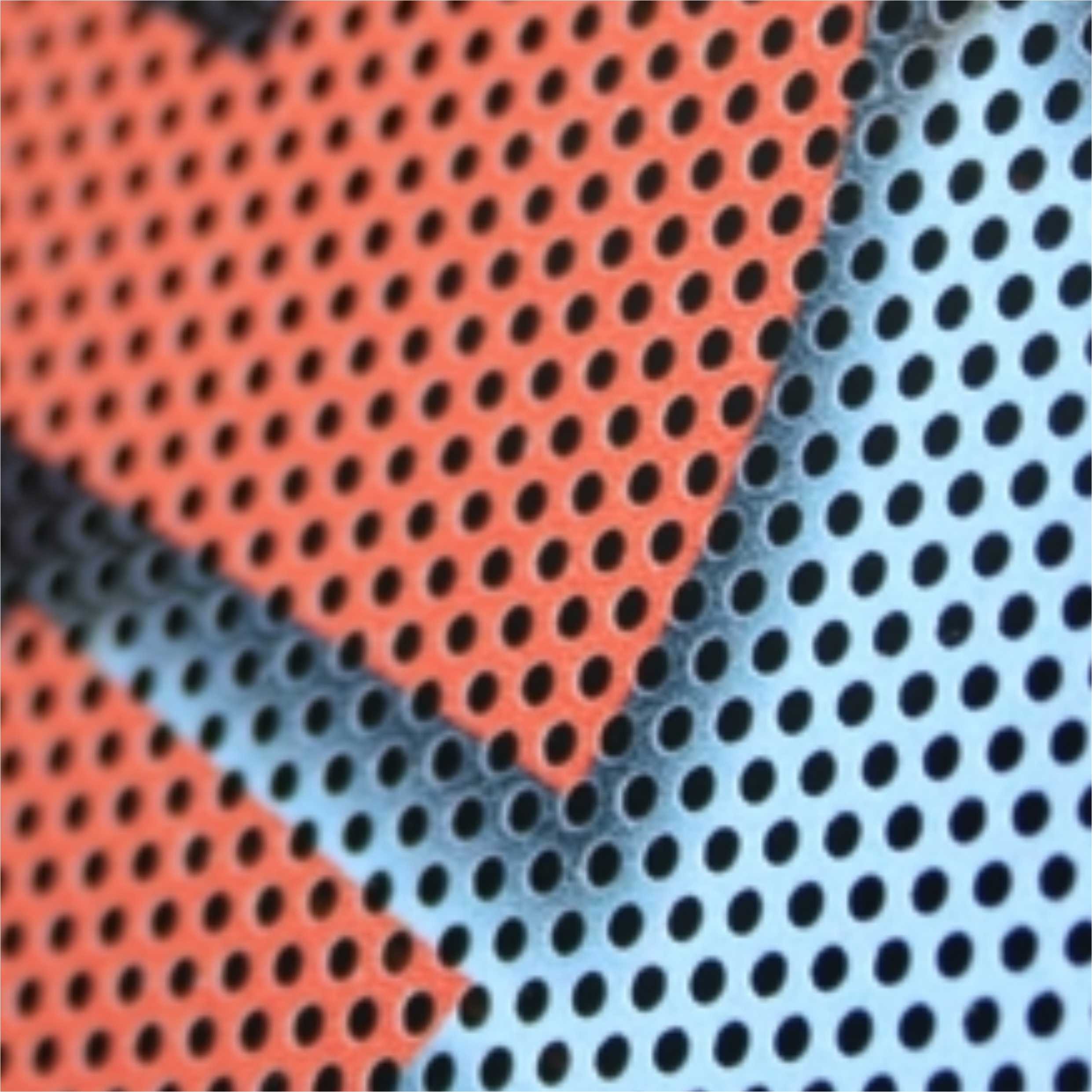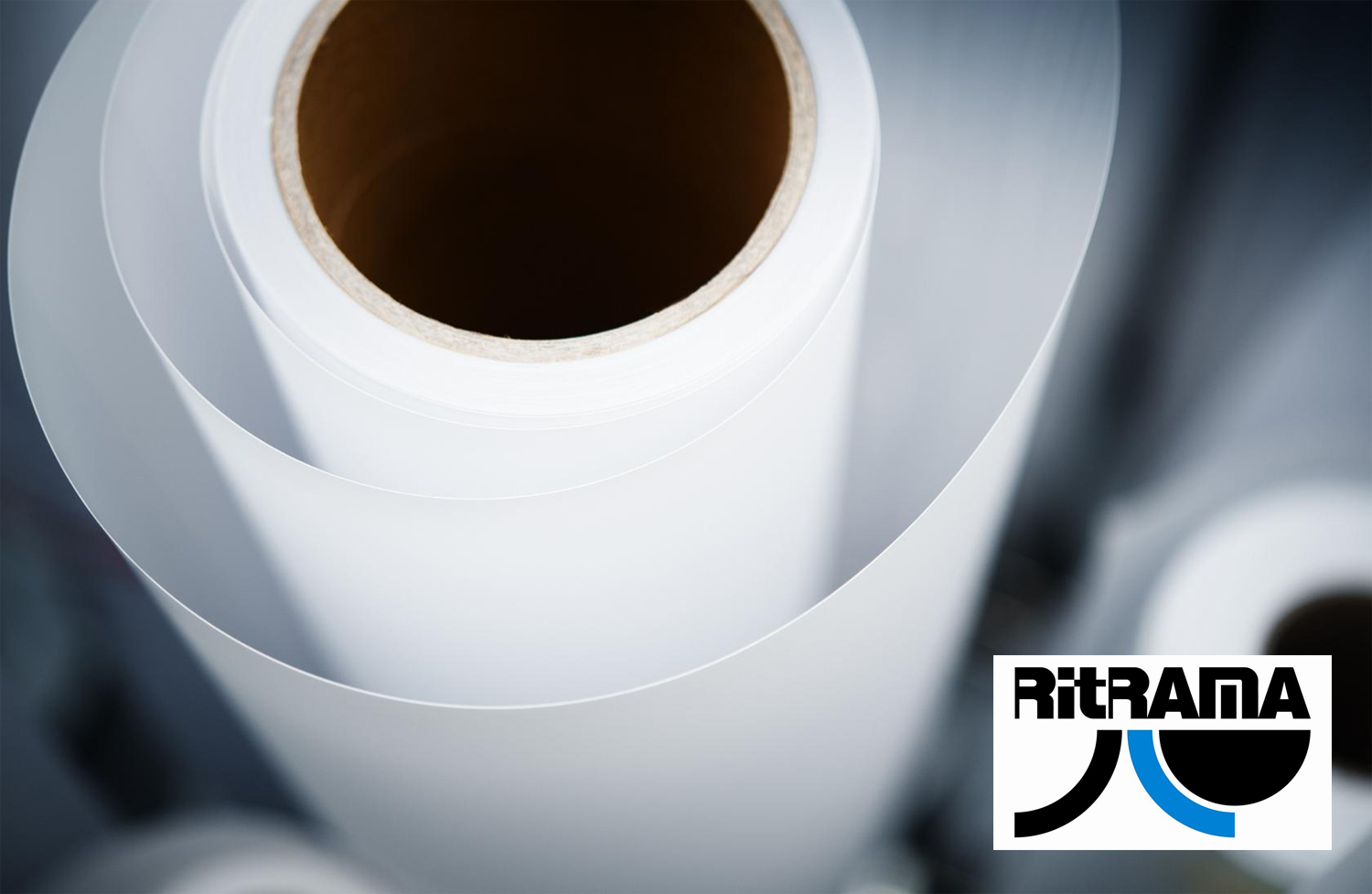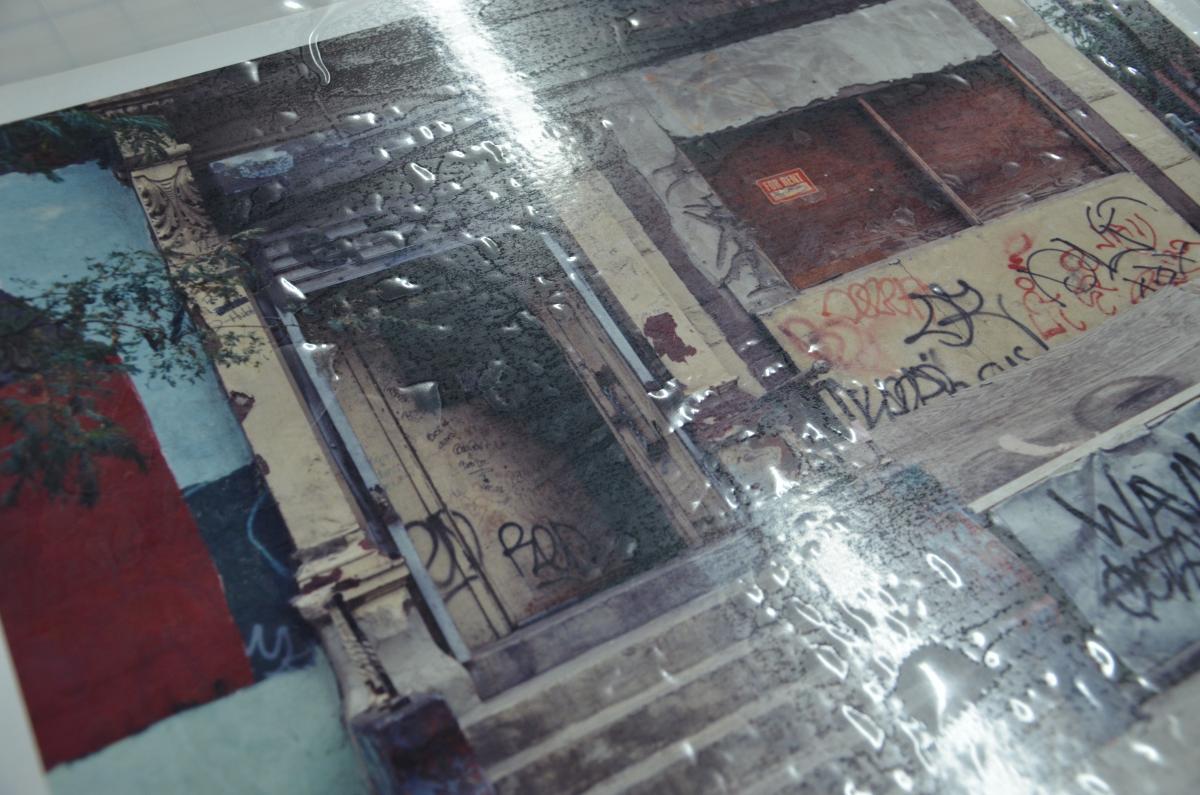– 12 November 2020 –

Anyone who’s been in a promotion and design industry knows that interior wall graphics are big business. Because of this explosion in interest in using sign vinyl for interior decor, we humbly present this updated basic guide to interior wall graphics.
Why do we need a special guide for wall graphics?
Experienced sign and graphics folks need to understand that interior wall graphics pose unique challenges. If you start with the idea that you can use the same materials and techniques that work for window and auto glass or aluminum sign blanks, you’re in for problems.
For hobby users, all of this is new. Basic guides for self-adhesive vinyl may not deal specifically with wall text & graphics. This article covers the basics of what to use and how to apply it. Let’s take a look at the unique materials, surface challenges, and application tips that will make your wall graphics applications successful.
Unique Materials: Choosing the Right Vinyl
To install successful interior wall graphics you need to use the right vinyl. There are two particular features most interior wall installations require. For most wall décor graphics, you’ll need to look on the surface appearance and the adhesive.
A matte finish is important because interior lighting can produce hot spots of glare on traditional glossy vinyl surfaces obscuring the text or graphic. Although gloss vinyl is much more preferred by printers and users, Matte vinyl is gaining its popularity in this industry.
The other critical element is the adhesive. Most vinyl have permanent adhesives designed for long term outdoor use. But for short term use, you can choose vinyl with removable adhesive, perfect for a fast and clean removability.
Surface Challenges: Pushing the Envelope
Self-adhesive plotter films were designed to replace paint in commercial signage. So they’re made to adhere to standard industry substrates like glass, aluminum, and plastics. All of these have very smooth surfaces that produce a good bond between the substrates and the vinyl’s adhesive. Putting these films on interior painted walls is pushing the envelope. So it’s important to understand what kinds of walls will and will not work with vinyl graphics. Yes, I said it may not work. Let’s understand why.
Texture: Putting vinyl on any surface that is rough or porous seriously degrades its ability to adhere. Textured, painted walls are some of the toughest challenges in the vinyl world today. The rougher the surface, the weaker the bond with the adhesive will be. Severe textures like brick will require a more advanced vinyl such as RITRAMA HI-GRIP 50 CAST GLOSS WHITE AP972 EXTRA PERMANENT or RITRAMA HI-GRIP 75 POLYMERIC GLOSS WHITE AP972 EXTRA PERMANENT.
Paint: Most interior walls are painted, and there are variables that can affect the success. The two most common interior paints used are enamel and latex. Enamel is best because, like glass and aluminum, it provides a smooth, non-porous surface. Latex is more porous and is not as suitable for vinyl graphic application. The bigger issue with paint is out-gassing. Freshly painted walls emit gaseous solvents until the paint cures. If these gases are trapped under an applied vinyl graphic, they may cause bubbles or react chemically with the adhesive and weaken it leading to failure. That’s right, I said failure. Putting vinyl graphics on any freshly painted surface will lead to failure due to out-gassing of the substrate. It is advised that you allow paint to cure for at least a week before applying vinyl graphics.
Drywall & Dust. Now that we know to wait until the paint is fully cured, we can focus on what’s under and over the paint; drywall and dust. Drywall problems can also lead to vinyl failure and can be difficult to spot. Be careful with moisture. Watch for walls that back up to cooling systems, water pipes, overhead windows or windows that have been boarded up. These areas are prone to condensation that may not be obvious at the time on installation. In other words, make sure the drywall isn’t really a wet wall in disguise.
The last surface problem to watch for is simple dust. A textured wall can hide enough accumulated dust to cause to adhere only temporarily. If you apply a wall graphic and it falls off the wall within the first 24 hours, dust may be the culprit. Fortunately, this problem is easily avoided. Just take a minute to wipe down the wall area with a dry tack cloth or a lint-free cloth before installation to make sure it’s clean and dust free. Or advise your customers to do so.
Useful Tips on Wall Graphics
Now that we’ve covered the basics, it’s time to talk about the details. As with any craft, little things can make the difference between fun and frustration. So to help steer you toward fun, here are some simple wall graphics application tips.
Keep it Dry: It is best to use dry application techniques with wall graphics. But if you plan to use wet application, then make sure that the fluid applied is allowed to dry thoroughly using proper technique and tools (squeegee and heat gun). This is truly important because, depending on the surface texture, the fluid may become trapped in the paint’s pores and cause adhesive failure.
The RITRAMA MATTE WHITE option: Finally, remember that not all vinyl are the same. RITRAMA MATTE WHITE Vinyl Series was engineered to our specifications and designed to fulfill the needs of interior wall graphics. For Indonesia market, MULTI VISCOMINDO offers several products from RITRAMA namely RI JET 100 MATT AP940; RI JET 163 MATT WHITE AP940; RI JET 100 MATT AR806 BLOCKOUT, and their latest product RI-JET 100 MATT WHITE SUPER OPAQUE AP940. Each comes with special characteristic. The aforementioned RITRAMA product not only has matt appearance, but also a high opacity white color so that it can cover previous colors or graphics with minimum color distortion.
Hopefully this article is useful. Please follow our social media (IG and FB) to get the latest news from us.
By: Tan Very Irawan
Photo Credit: Toby Scott
Reference:
www.blog.signwarehouse.com/a-basic-guide-to-interior-wall-graphics/
www.goldi.com.au/graphic-interior-winner/














